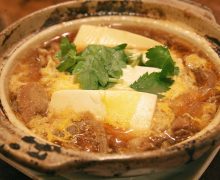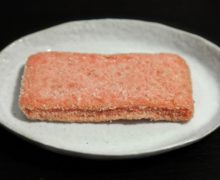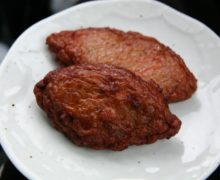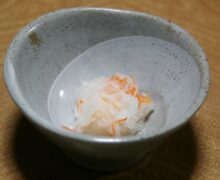Ohitashi
What is Ohitashi?
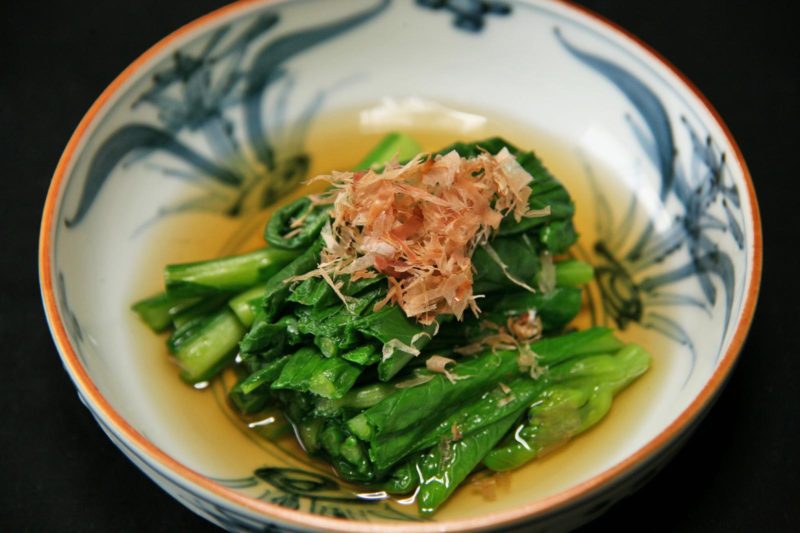 Ohitashi(Meikena no Ohitashi)
Ohitashi(Meikena no Ohitashi)
Ohitashi (O-hi-ta-shi, おひたし・お浸し) is,
Vegetables such as spinach and Komatsuna boiled quickly, then soaked in water, drained, cut into bite-sized pieces and then soaked in cooled soup stock. Or its preparation.
It is eaten at home as one of the standard traditional side dishes, and is also one of the standard breakfast dishes at inns and Minshuku (Japanese-style inns).
It is also often served as one of the side dishes or small bowls at Izakaya (Japanese taverns) and restaurants.
Also called Oshtashi (Edo dialect), hitashi, hitashimono. It is said to have come to be called ‘ohitashi’ because of the way it is prepared by soaking it in dashi broth.
In the past, seafood such as abalone was used to make this dish, but nowadays it is almost exclusively made from leafy vegetables, other vegetables and wild plants.
It is often served without being soaked in dashi broth, or simply topped with soy sauce, commercially available men-tsuyu (soup stock) or white dashi. Often white sesame seeds are sprinkled on top or bonito flakes (shavings or floral bonito) are added on top.
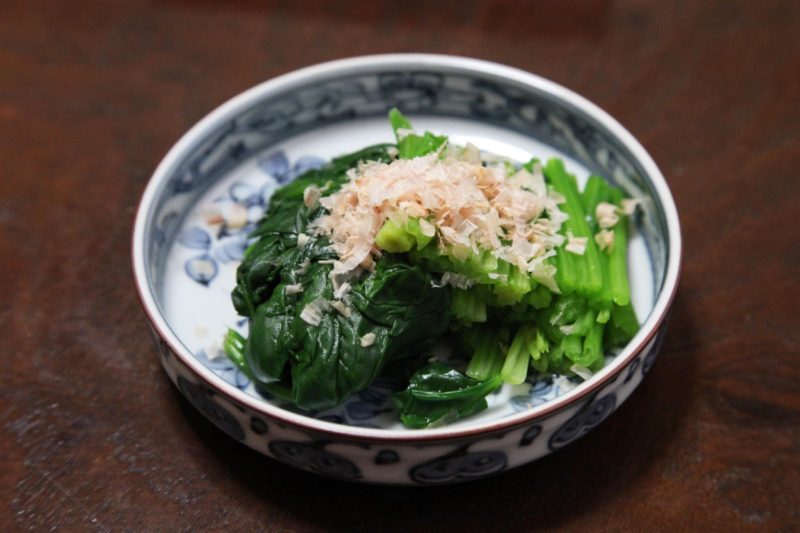 Ohitashi (spinach)
Ohitashi (spinach)
Various kinds of Ohitashi, Various types of Ohitashi
Ingredients, vegetables and types of boiled vegetables used for ohitashi include spinach (boiled spinach), komatsuna (boiled komatsuna), rape blossoms (boiled rape blossoms), mitsuba (boiled mitsuba), molokheiya (boiled molokheiya), Mizuna (boiled mizuna), crown daisy (boiled crown daisy), Green beans (boiled green beans), Wasabina (boiled wasabi cabbage), Chrysanthemum greens (boiled chrysanthemum greens), Yukina (boiled snow greens), Mana (boiled mana), Daikon leaves (boiled radish leaves), Chives (boiled chives), Cabbage (boiled cabbage), Pea silk (boiled pea silk) ), Chinese cabbage (boiled Chinese cabbage), Mibuna (boiled mibuna), vine vines (boiled vine vines), parsley (boiled parsley), butterbur (boiled butterbur), shishito (boiled shishito), bean sprouts (boiled bean sprouts), okra (boiled okra), Japanese leek (boiled leek), Bamboo shoots (takenoko no ohitashi), urui (urui no ohitashi), kogomi (kogomi no ohitashi), warabi (warabi no ohitashi), etc.
Other slightly different types of Ohitashi (kawari-ohitashi), or Ohitashi eaten in certain regions include: winter greens (Meikena), Shakushina, potato and yam, Turnip leaves, carrot leaves, kakimoto (edible chrysanthemum), fava beans, Edamame (soybean), Tara-no-me (cod bud), Gyoja garlic, Kanzo, Suizenjina (Handama, Kinjikusa), Shikakumame (Urizun), mugwort, Shidoke (Momijigasa), pea shoots, watercress Chinese cabbage, bitter gourd, broccoli, cauliflower, wax gourd, carrots, burdock root, water spinach, sweet peppers, tomatoes, asparagus, oka-hijiki, onions, lettuce, celery and rucola.
Some regional cooking methods and recipes arranged by households and shops also include the addition of dried baby sardines and baby sardines, mushrooms (maitake, shimeji, enoki, etc.), kamaboko, crab cakes, chikuwa, fresh yuba, salted kelp, hijiki, wakame seaweed, scallops and other ingredients.
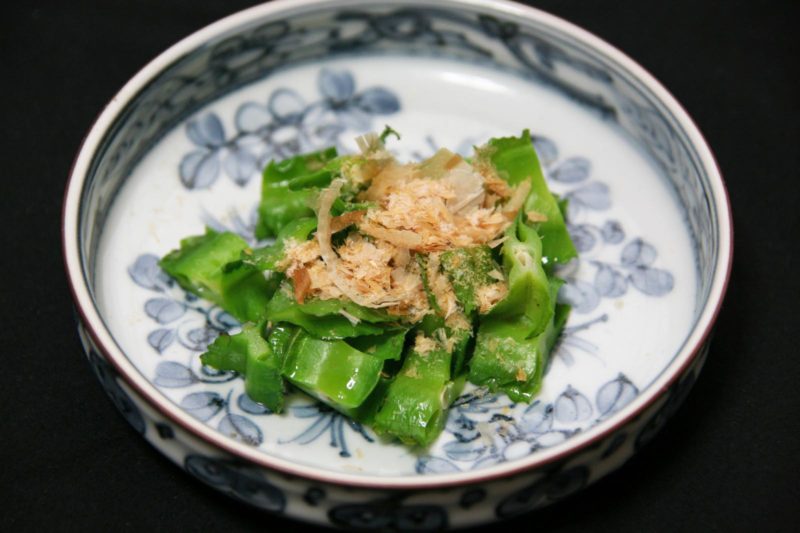 Urizun no Ohitashi
Urizun no Ohitashi
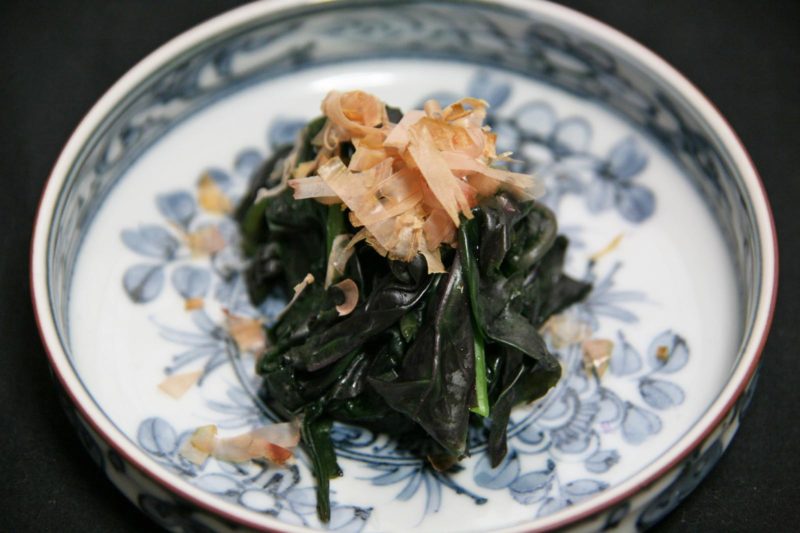 Handama no Ohitashi
Handama no Ohitashi
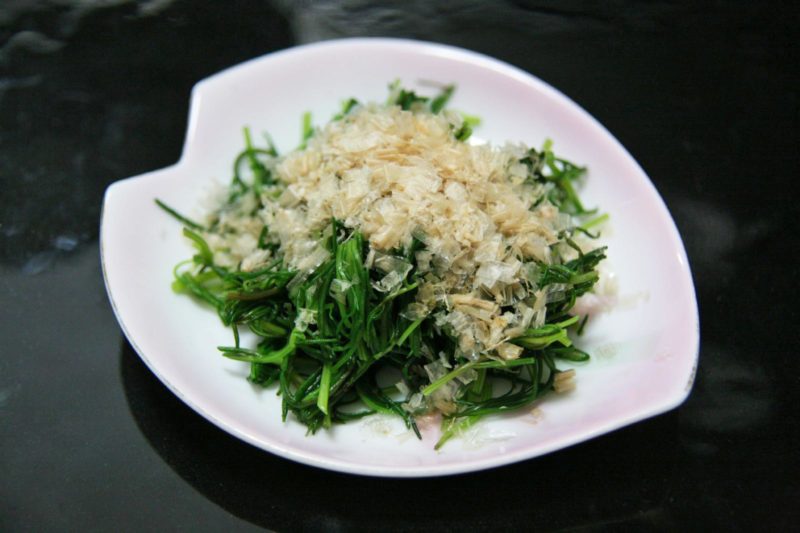 okahijiki no Ohitashi
okahijiki no Ohitashi
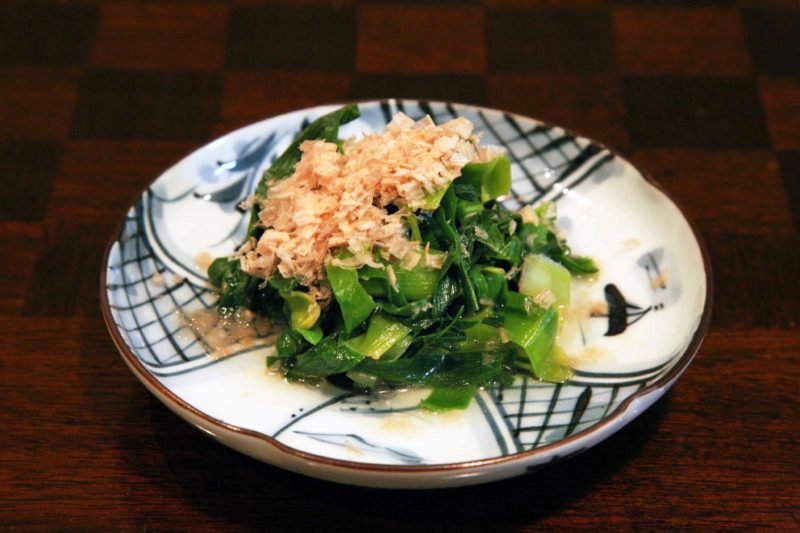 Kanzo no Ohitashi
Kanzo no Ohitashi
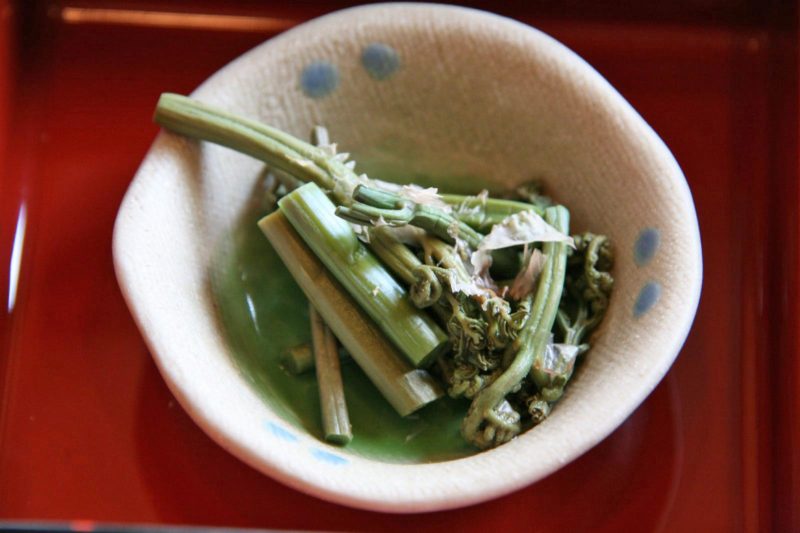 Warabi no Ohitashi
Warabi no Ohitashi

